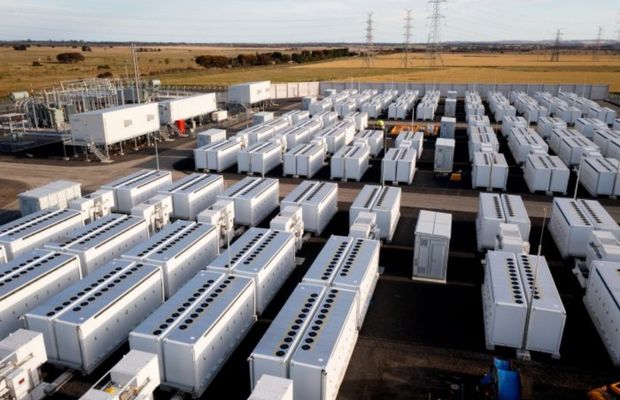Battery Energy Storage Systems (BESS) are rapidly becoming a linchpin in the future of energy, fundamentally shifting how we generate, distribute, and consume electricity. Their growth is propelled by the urgent need for more efficient, sustainable, and reliable energy solutions. Let’s take a closer look at the evolving landscape of battery energy storage systems and how they promise to shape the future of energy efficiency.

1. Increased Renewable Energy Integration
As the world moves towards more sustainable energy sources, the intermittent nature of renewable energy from solar and wind poses a challenge to grid stability and reliability. battery energy storage systems offers a solution by storing excess energy generated during peak production times and releasing it when there is a demand, effectively smoothing out the supply and ensuring that renewable energy can be used more efficiently and consistently.
2. Decentralization of the Energy Grid
The traditional centralized model of energy production and distribution is being challenged by the rise of battery energy storage systems, which enables a more decentralized or distributed energy model. This shift allows for local energy generation and storage, reducing transmission losses, increasing efficiency, and enhancing the resilience of the energy grid against failures or natural disasters.
3. Advancements in Battery Technologies
Innovations in battery technology are key to the future of battery energy storage systems. Advances in lithium-ion batteries, including improvements in energy density and charging speed, are making battery energy storage systems more efficient and affordable. Emerging technologies, such as solid-state batteries and new materials like silicon anodes, promise even greater efficiency gains and longer lifespans, which could revolutionize energy storage and management.
4. Smart Grids and Artificial Intelligence
The integration of battery energy storage systems with smart grid technology and artificial intelligence (AI) is set to enhance energy efficiency further. Smart grids can dynamically adjust energy flow, optimizing the use of renewable energy based on demand and supply conditions. AI can predict energy consumption patterns and manage the charging and discharging of battery energy storage systems to maximize efficiency, reduce costs, and minimize energy waste.
5. Support for Electric Vehicle (EV) Infrastructure
The growth of the electric vehicle market increases demand for efficient energy storage and fast-charging infrastructure. battery energy storage systems can support this demand by stabilizing the grid and providing the necessary energy supply for rapid charging stations, facilitating the widespread adoption of EVs and contributing to the reduction of carbon emissions.
6. Regulatory and Policy Development
The future of battery energy storage systems is also dependent on supportive regulatory frameworks and policies. Incentives for renewable energy storage, regulations that recognize the multifaceted value of battery energy storage systems to the grid, and investments in research and development are crucial for accelerating the adoption and innovation of energy storage technologies.
7. Energy Autonomy and Security
battery energy storage systems enhances energy autonomy and security by allowing homes, businesses, and communities to store and manage their own energy supply. This not only reduces dependence on the grid but also ensures a more stable and secure energy supply, particularly in remote or vulnerable areas.
8. Market Growth and Economic Opportunities
The global battery energy storage systems market is expected to experience significant growth, driven by increasing demand for renewable energy, advancements in technology, and supportive government policies. This growth presents substantial economic opportunities, including job creation in manufacturing, installation, maintenance, and operation of battery energy storage systems.
Conclusion
The future of energy efficiency is closely tied to the advancement and integration of Battery Energy Storage Systems. As we continue to innovate and implement these systems, we can expect to see a more resilient, sustainable, and efficient energy landscape. The key to unlocking this potential lies in ongoing technological advancements, supportive policies, and the global commitment to a sustainable energy future.
